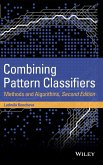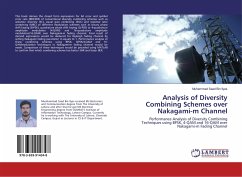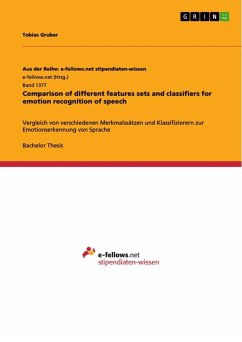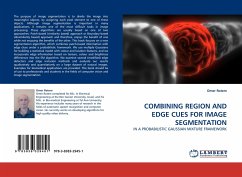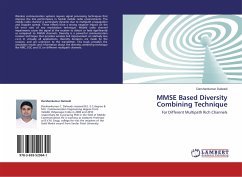With increasing security threats, biometrics is gaining increasing attention. However a biometric recognition system good for one case study may not be accurate for the other one. One solution to the problem is to efficiently combine various classifiers to achieve a much better recognition rate as compared to the participating experts. In this context the Dempster Shafer theory of evidence (DST) has shown some promising results; however the DST has not yet been explored for the problem of biometric recognition systems. In this work we have proposed three novel algorithms to combine different biometric systems using the DST. Extensive experiments have been conducted on uni-modal (speech only) and multi-modal (speech and face) biometric recognition systems; the simulation results have shown that our proposed algorithms achieve much better recognition rate than the individual classifiers.
Bitte wählen Sie Ihr Anliegen aus.
Rechnungen
Retourenschein anfordern
Bestellstatus
Storno


